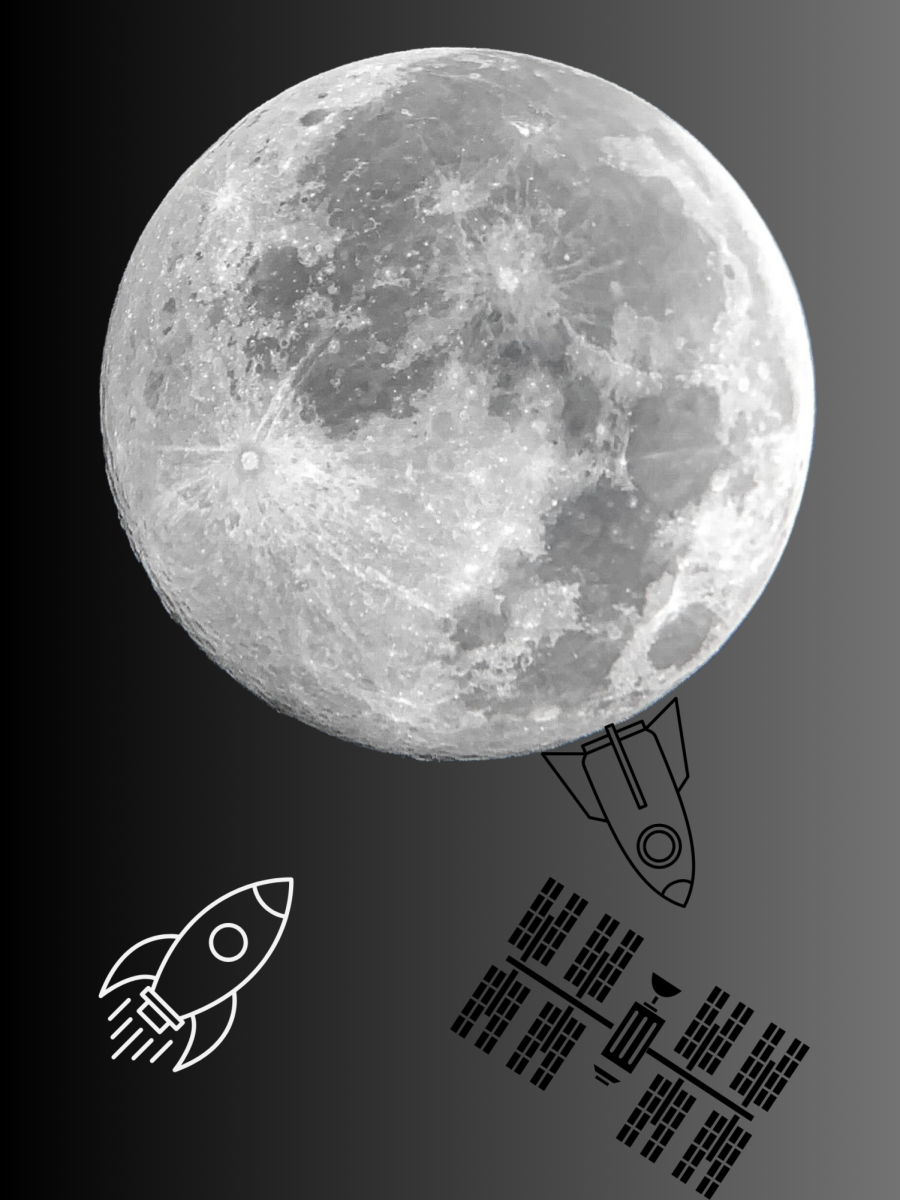Space is an uncharted domain being explored by nations across the globe. However, these explorations are giving way to a new space race.
Space exploration used to be a government-dominated field, but over time, it gradually became private space sectors. The National Aeronautics and Space Administration (NASA) now outsources much of its work to other space companies like SpaceX, Lockheed Martin and Blue Origin.
This outsourcing allows for the huge cost of space exploration to be shared and allows NASA to draw on the creativity of other entrepreneurs. Both of these benefits help the United States in their efforts to stay ahead of China in space exploration.
China’s space program is closely watched by NASA. China is the only country to have its own space station, and they have already brought back samples from the moon. China has stated that the next phase of their plan is to build a lunar research station near the Moon’s south pole.
This goal has raised alarms for NASA as they fear China will lay claim to possible lunar resources, such as iron, titanium, uranium and even water, found on the south pole of the moon. This fear stems from a series of past decisions and actions China has taken.
China has not signed the US-led Artemis Accord, which is a framework for the best practices in space. Despite this, China says they are committed to peaceful space exploration, and the US concerns are nothing but a smear campaign.
China’s actions in the South China Sea also strengthen NASA’s fear. China built artificial islands around the sea in order to claim sovereignty and NASA fears they could do something similar on the moon.
Regardless of the outcome, junior Aayush Deshpande is looking forward to the effects of the space race. “As an avid astronomer, I am eager to see the innovations that could be created by this race. Competitions between nations always lead to substantial progress in a given field. Particularly, I am eager this race will help blossom the technologies we use in order to acquire lunar resources,” stated Deshpande.
These tensions have caused NASA to increase their investments, spending an additional 10.7 percent in 2021 compared to the previous year. Regardless, this race back to the moon has created a boom in other space activity, indicating signs of a profitable future.
AP physics teacher Ian Spangenberg compares the effects of the 1960s space race to the possible effects of a new space race. “When you put money into science you never know what’s gonna come out the other end. The ‘60s space race gave us the internet, cell phones and all of our technologies we take for granted today,” he stated.
Spangenberg believes space exploration is a great investment. “I think going to the moon is an amazing opportunity. After all, humans are explorers,” he continued. “The benefits are huge in terms of a lunar base. The moon has a much smaller gravitational force requiring less fuel to launch ships.”
With this race being in its early stages, it is impossible to see the way the scales will tilt. Regardless of who reaches the moon first, this race shows a promising future for lunar exploration.










James Thiel • Oct 23, 2023 at 10:49 am
How expensive is it to get resources from the moon to earth and does it end up being more expensive than the actual value of the resouces?